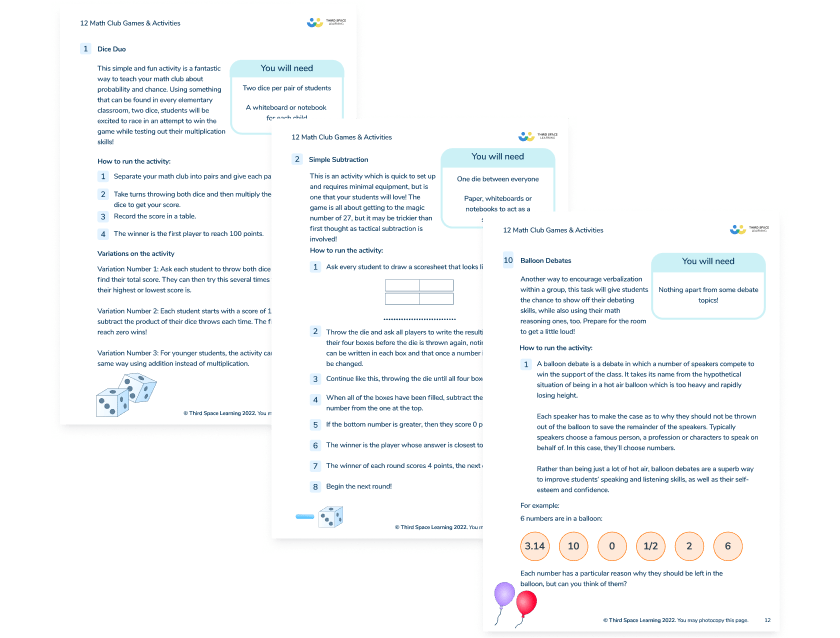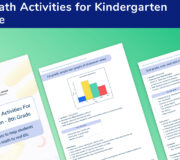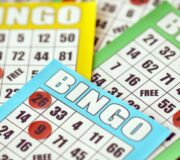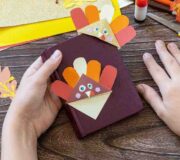Easter Math Activities for Upper Elementary Students: Topical Math Problem-Solving
With Easter getting closer, and students getting more and more excited about all of the chocolate that may come their way, we thought that it was time for some Easter math activities–perfect for when lent is drawing to a close.
While the activities in this blog post are perfect for upper elementary grades, they can easily be adapted to suit students in other grades.
Before we kick off – a Lent themed idea for elementary teachers
People who observe Lent – typically but not always Christians – make a promise or a commitment. The commitments people usually make involve some kind of self-improvement or giving up a luxury or bad habit; such as coffee, or foods like pizza and chocolate.
For Christians, Lent can also mean a time of fasting to celebrate Jesus and his journey into the desert for 40 days. And Easter Eggs at Easter are the feast at the end of the fast!
This Lent – give up ‘giving up in math’ before Easter!
We wanted to share an idea around commitment that one of our teacher colleagues used to adopt, with great success in math.
She would use Lent as an opportunity to encourage children to ‘give up giving up on math’ for six weeks.
The deal was that if they made an extra special effort to develop a positive attitude toward math then they would all be rewarded at the end of the six weeks. Yes, often with chocolate. It’s important to note that the focus of this kind of deal must be all around effort and mindset, not attainment, for it to work.
You can emphasize the importance of perseverance, diligence and a growth mindset – you can even draw from the information on growth mindset featured in this blog post. Then, after all their hard work, you can reward them with their upper elementary Easter math activities!
But why is this an important thing to do?
By encouraging your students to give up ‘giving up on math’, you’re improving confidence and learning around math while:
- Emphasizing important qualities such as tenacity and determination,
- Putting them into practice,
- Reinforcing this behavior.
Plus, making a deal with your class is a great way to engage them – and build better relationships between you and your students.
So it’s worth thinking about this deal, and talking about this aspect of Lent with your students, whether they’re 5th graders or otherwise. And who knows, maybe it’s a deal you could make with your students for their math lessons for a few weeks this year or next?

Meet Skye, the voice-based AI tutor making math success possible for every student.
Built by teachers and math experts, Skye uses the same pedagogy, curriculum and lesson structure as our traditional tutoring.
But, with more flexibility and a low cost, schools can scale online math tutoring to support every student who needs it.
Find out more
Upper elementary Easter math activities!
It’s now time to get the ball rolling with these Easter math activities for the end of Lent. Challenge your students to complete the activities below, and then reward them for doing so.
If you model the ‘give up giving up’ deal over one lesson you’ll soon show them how it’s done (but don’t forget to keep your end of the bargain too…)
Easter math activity 1: chocolate shapes
Holly can’t eat any chocolates from her favorite selection box because she has given up chocolate for Lent.
Instead of eating them, she decides to do an investigation.
These are the shapes of the chocolates she has in her box (sides marked x are the same length) and each color represents a different shape:
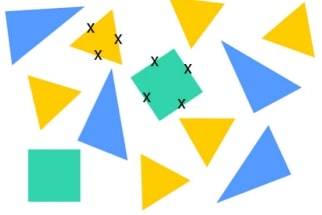
Using the picture above, answer these questions:
- How many different ways can you use the chocolates to make a rectangle?
- Can you make a rhombus?
- Can you make a parallelogram?
- Can you make a regular hexagon?
- How many different triangles can you make?
Easter math activity 2: coffee calculations
Each day, Mr Jackson drinks 3 cups of coffee at home, and twice a week he buys coffee from his local coffee shop.
- A coffee shop sells coffee for $2.75 per cup.
- A 200g bag of coffee costs $4.60.
- 1.8g makes 1 cup of coffee.
Using the information above, read and answer the questions below:
- How much money could Mr Jackson save if he gives up coffee for Lent? Round amounts of money to the nearest penny.
- How much money would he save if he gave up just the coffee he buys from his local shop?
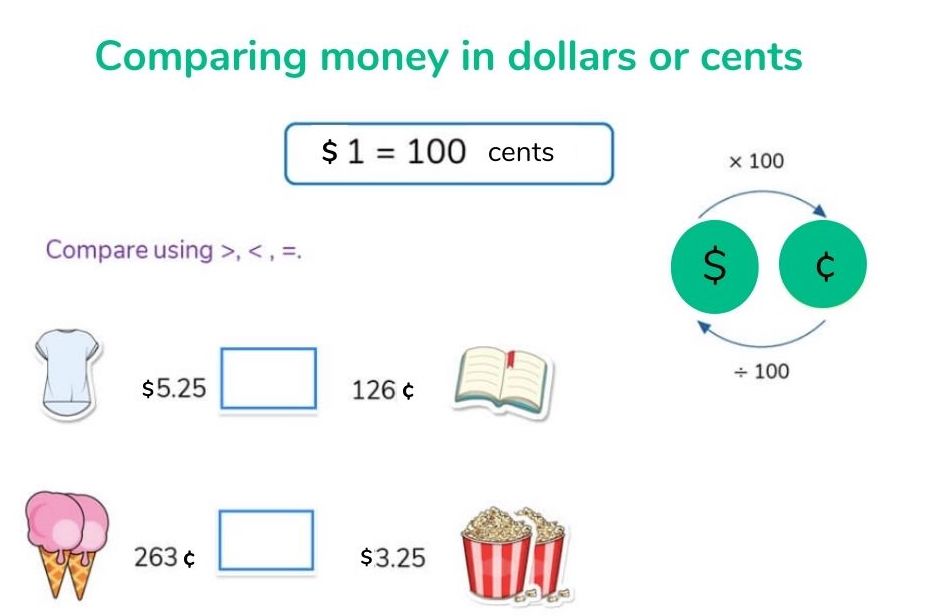
Easter math activity 3: bunny bonanza
150 baby bunnies have been born at farmer Jones’s farm this Easter. She won’t have room to keep them all on her farm once they are grown up, so she has to give some away to caring homes that would like a bunny as a pet!
Using the information above, read and answer the questions below:
- If farmer Jones gives away two-thirds of the 150 bunnies, how many will she have left?
- If farmer Jones manages to give away 97 of the bunnies, how many will she have left?
- Farmer Jones wants to charge people $1.50 to take a bunny home with them. She is going to give this money to a Bunny charity and manage to sell all of them. How much money has she raised for the charity?
These activities are designed to be easily adaptable, so if you are looking for some lower elementary Easter activities, all you have to do is change the numbers to match the level of knowledge in your class!
Looking for more? Take a look at these other math problem-solving investigations for upper elementary grades or fun math activities for elementary children and fun math lessons for upper elementary students.
Let us know how you get on with these math activities @thirdspacetweet. We’d love to see these activities in action!
Do you have students who need extra support in math?
Skye—our AI math tutor built by experienced teachers—provides students with personalized one-on-one, spoken instruction that helps them master concepts, close skill gaps, and gain confidence.
Since 2013, we’ve delivered over 2 million hours of math lessons to more than 170,000 students, guiding them toward higher math achievement.
Discover how our AI math tutoring can boost student success, or see how our math programs can support your school’s goals:
– 3rd grade tutoring
– 4th grade tutoring
– 5th grade tutoring
– 6th grade tutoring
– 7th grade tutoring
– 8th grade tutoring
The content in this article was originally written by a former secondary teacher David Leighton and has since been revised and adapted for US schools by elementary math teacher Christi Kulesza.
